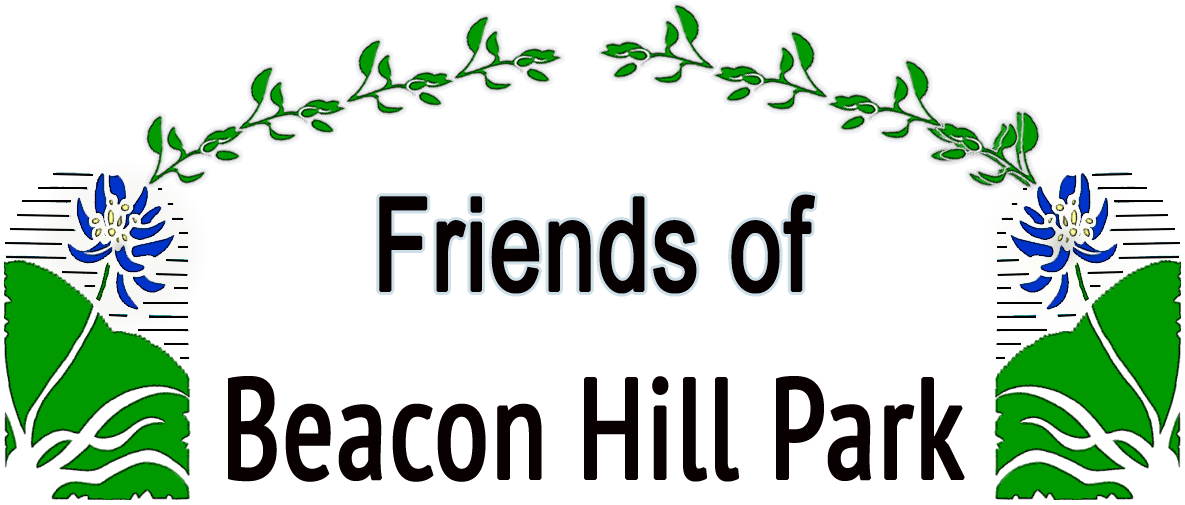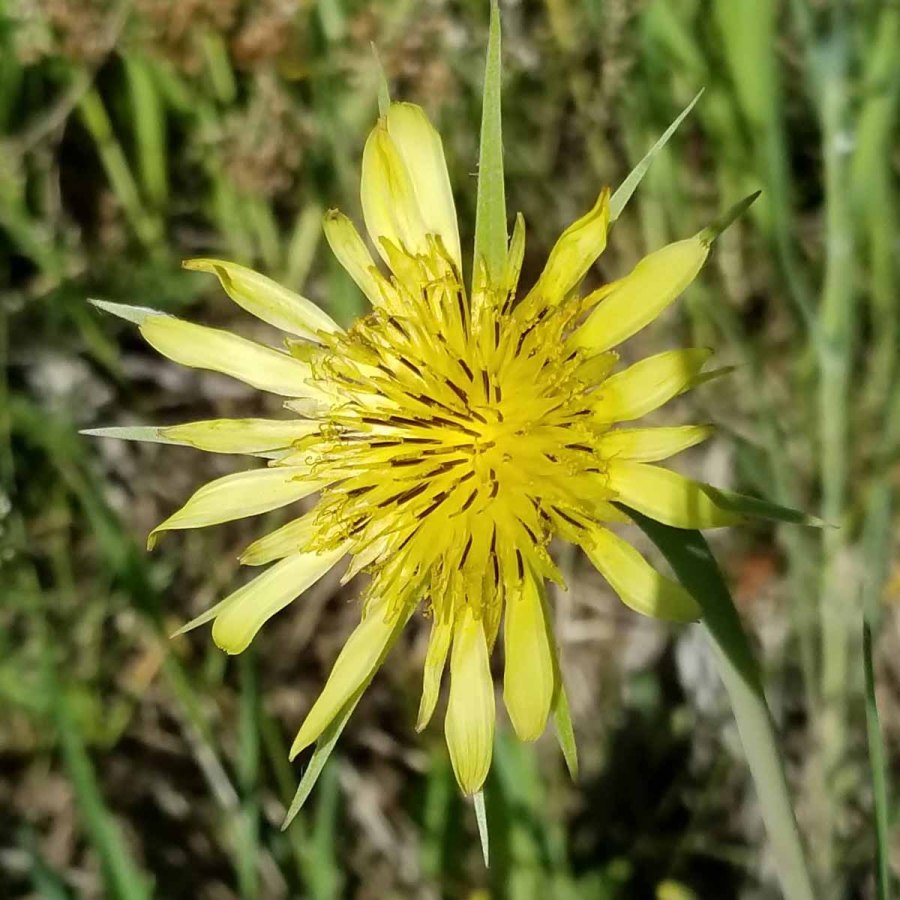|
|
|
Yellow Salsify (Tragopogon Dubius)Yellow salsify (Tragopogon dubius) is an invasive plant species that is found in Victoria, BC, as well as other parts of North America. It is a member of the Asteraceae family, which includes other common plants such as daisies and sunflowers. Yellow salsify is also known by other common names such as yellow goat's-beard and western salsify. The plant can grow up to 1 meter in height and produces yellow flowers that resemble dandelions. The flowers bloom from May to July and are followed by seed heads that resemble large dandelion puffs. The leaves of yellow salsify are long and narrow, with a gray-green color and a waxy texture. Yellow salsify is often found growing in disturbed areas such as roadsides, waste areas, and abandoned fields. It is a prolific seed producer, which allows it to spread quickly and out compete native plant species. It can also be spread through the movement of soil, equipment, and animals, making it difficult to control once established. Due to its ability to out compete native vegetation, yellow salsify is considered a serious invasive species in Victoria, BC, and efforts are being made to control its spread. The City of Victoria has developed a management plan for the species, which includes strategies such as manual removal, herbicide application, and education and outreach to prevent further spread. References: Is Yellow Salsify Edible? Yes, yellow salsify (Tragopogon dubius) is edible and has historically been used as a food source. The root of the plant can be cooked and eaten like a vegetable, and has a flavor similar to parsnips or oysters. The young leaves of the plant can also be eaten raw in salads or cooked like spinach. However, it is important to note that while yellow salsify is edible, it is also an invasive species and can cause significant harm to native ecosystems if not managed properly. Therefore, it is recommended that individuals do not harvest or consume yellow salsify from wild populations, and instead seek out cultivated varieties if interested in using it as a food source. Additionally, it is important to correctly identify yellow salsify and avoid confusion with other plants, as some species in the Asteraceae family can be toxic if consumed. It is always recommended to consult with a knowledgeable expert or reference guide before consuming any wild plant species.
|



